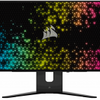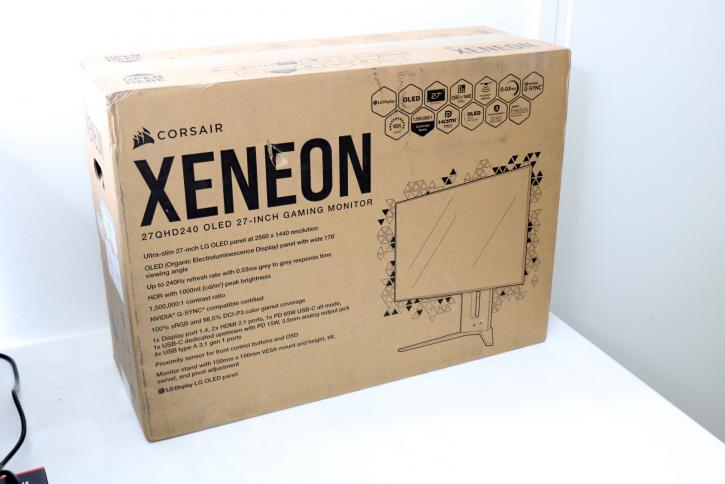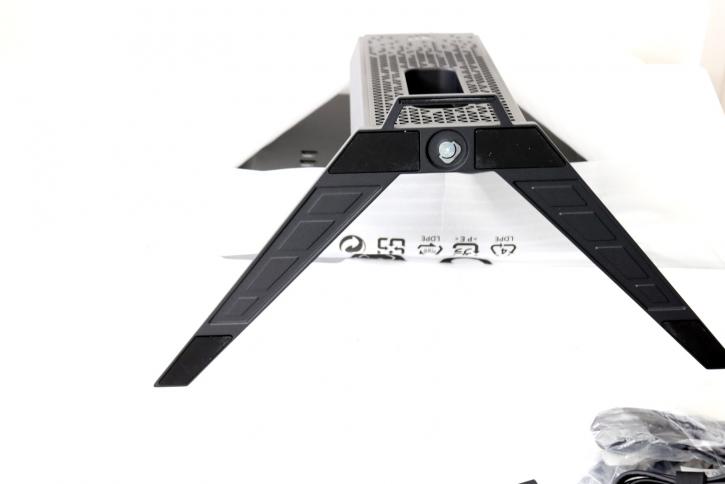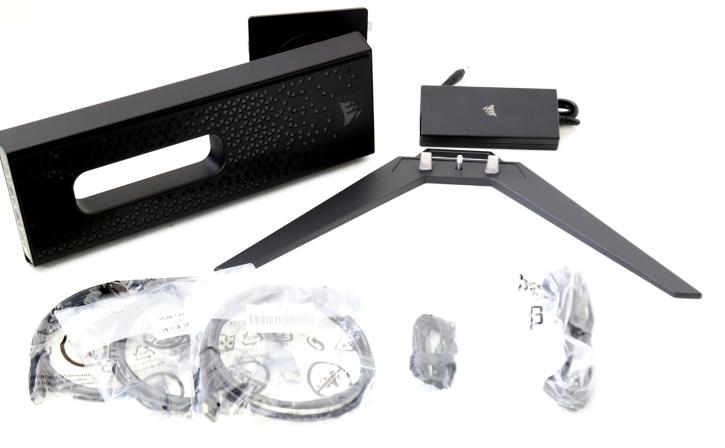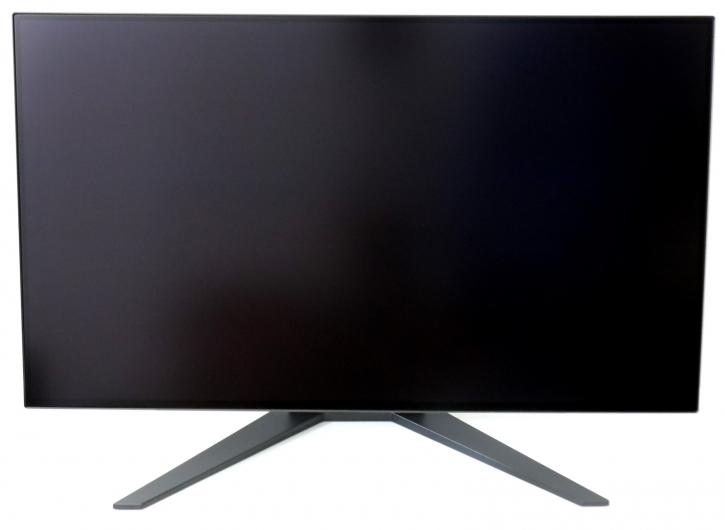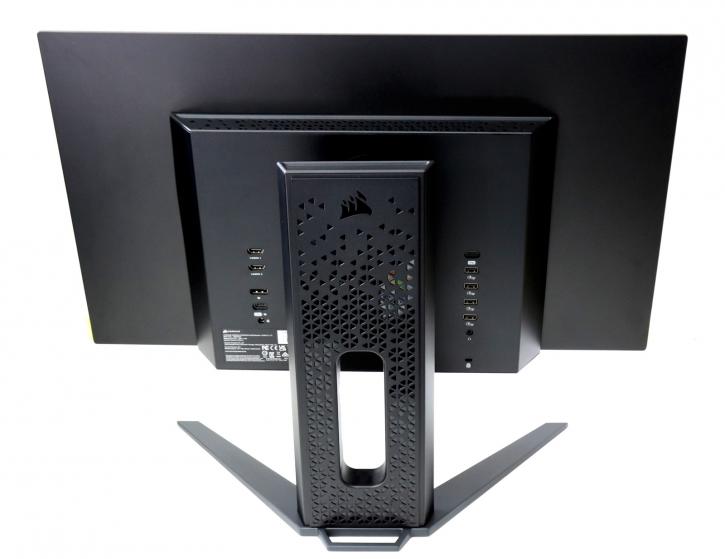Photo overview
The Monitor
The Corsair Xeneon 27QHD240 is securely packaged, with a comprehensive set of specifications displayed on the exterior of the box.
The monitor inside is safely enclosed within multiple layers of thick polystyrene and additional foam to avoid any possible damages.
Assembling the monitor involves a seamless procedure, which includes fitting the V-shaped base to the stand's neck using a single thumbscrew and attaching the stand's neck to the monitor using an easy, tool-free design.
The box includes two power cords, an HDMI cable, a DisplayPort cable, a USB Type-C cable, and a user guide.
Key specs
- Screen size: 27-inches
- Panel type: OLED
- Resolution: 2560×1440
- Brightness: 1000 nits (peak)
- Contrast ratio: 1,500,000:1
- Refresh rate: 240Hz
- Response time: 0.03ms
- Color gamut: 100% Adobe RGB, 98.5% DCI-P3
- Connectivity: 2 x HDMI 2.1, 1x DisplayPort 1.4, 1x USB-C DP, USB-C Hub (4x USB 3.1 Gen 1, 65W power delivery)
- Price: $999
The 27QHD240 distinguishes itself with a seamless bezel-less design, contributing to a more immersive viewing experience. It features a broad V-shaped stand and a minimalist all-black color palette. The back of the monitor, though not overly decorative, showcases the distinct geometric pattern characteristic of Corsair.
Different from the Corsair Xeneon Flex, the 27QHD240 doesn't position any inputs on the stand. Instead, they are placed on the back of the monitor, which gives it a neater appearance than typical underside placements. Despite the substantial use of plastic in its construction, the monitor is solid and robust. Minimal flex or wobble was noted during the evaluation. The stand's design is functional and tactile, reinforcing the monitor's high-quality feel. It offers tilt and swivel adjustments for a customizable viewing experience. As for connectivity, there are four USB-A ports and one USB-C port.
The on-screen display (OSD) control panel is on the bottom bezel's underside. Corsair has chosen a joystick interface for more straightforward navigation through the various OSD menus. Two additional buttons next to the joystick provide access to different sections of the OSD or enable the panel to be switched off. Alongside them is a 5-way joystick for easy navigation through the on-screen display (OSD). What sets this display apart is the inclusion of a proximity sensor that intuitively displays the location and labels of the three switches on the screen as soon as your hand approaches them. This implementation adds a convenient touch to the user experience.
